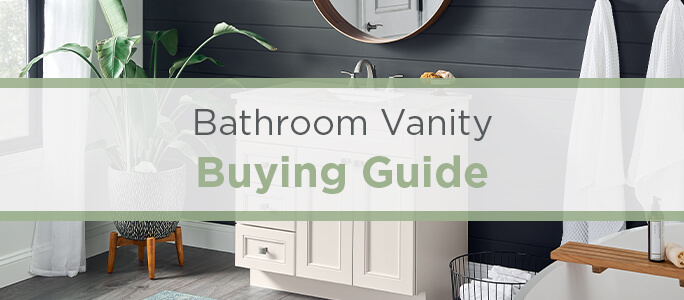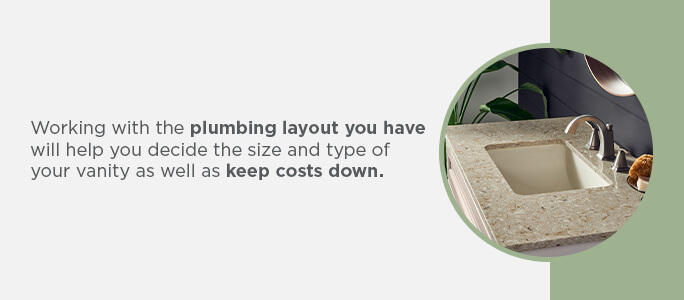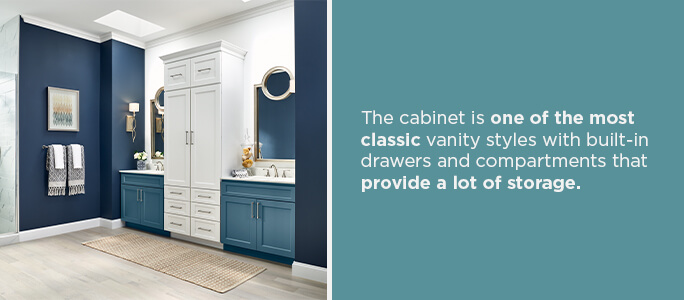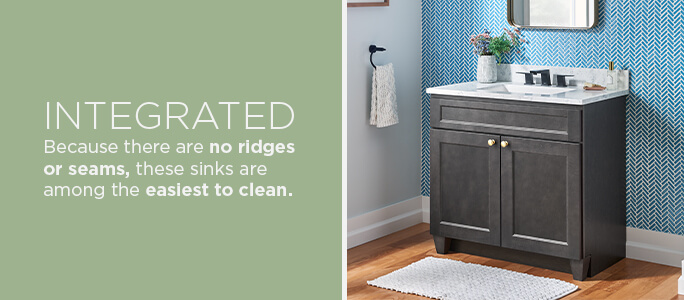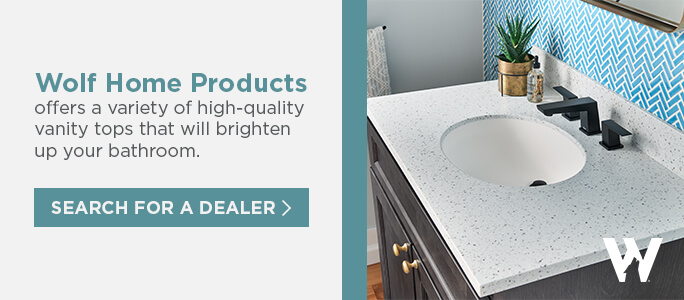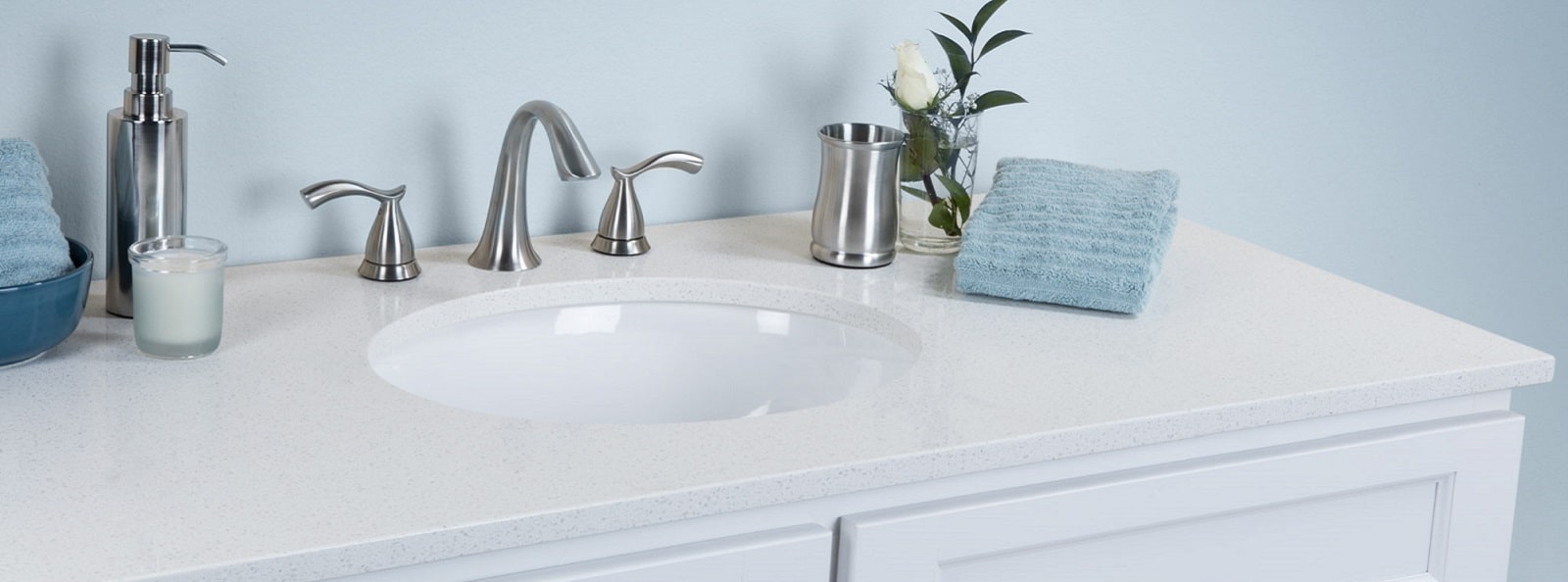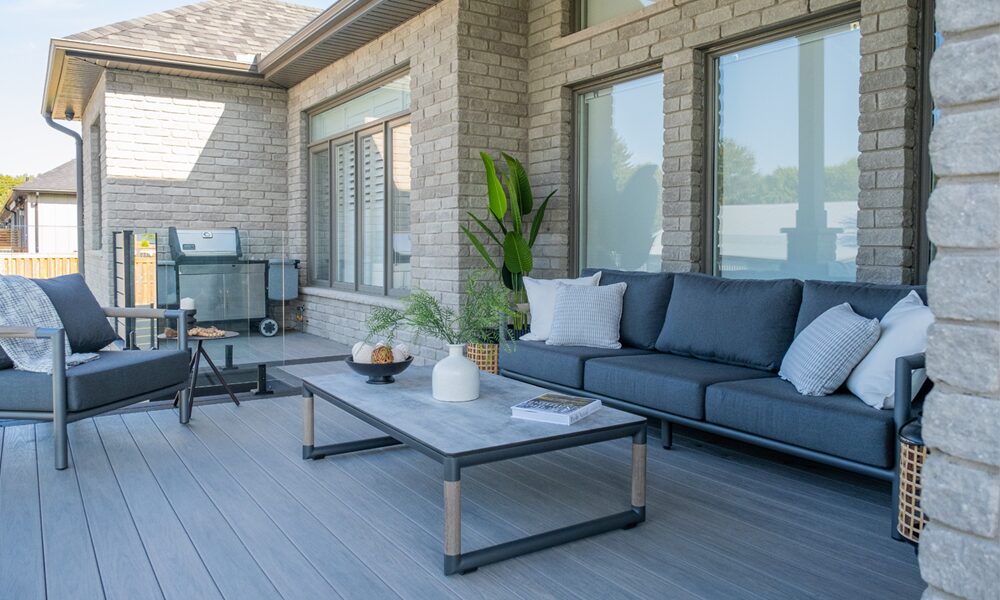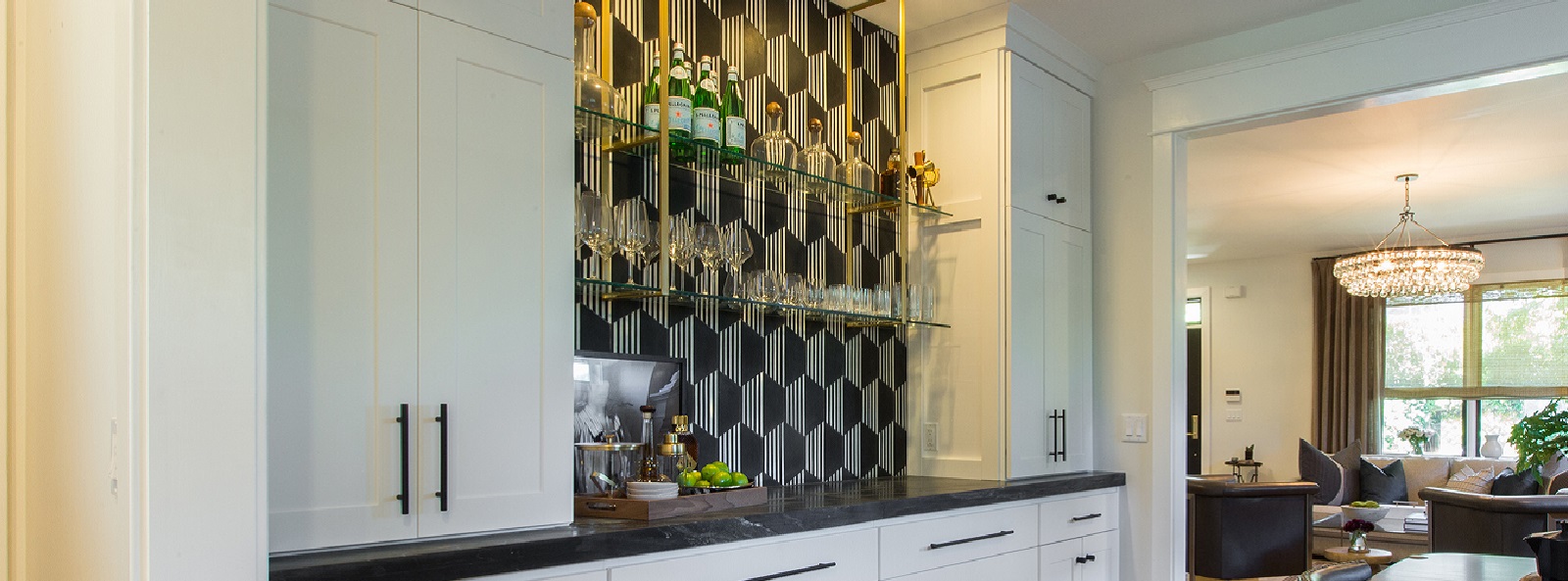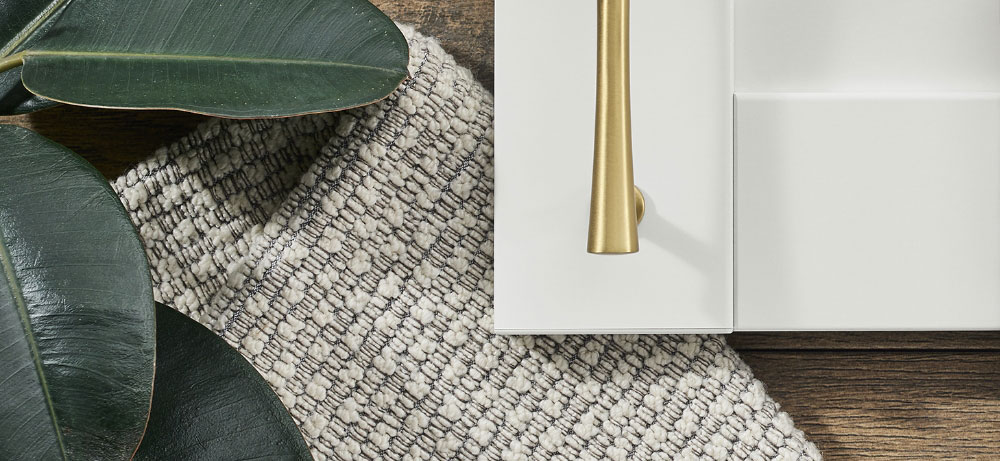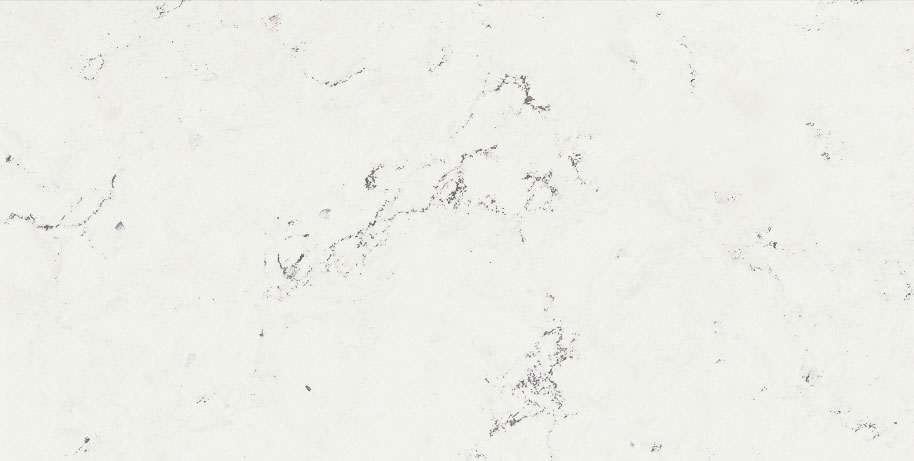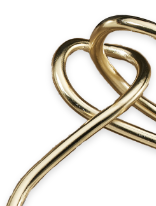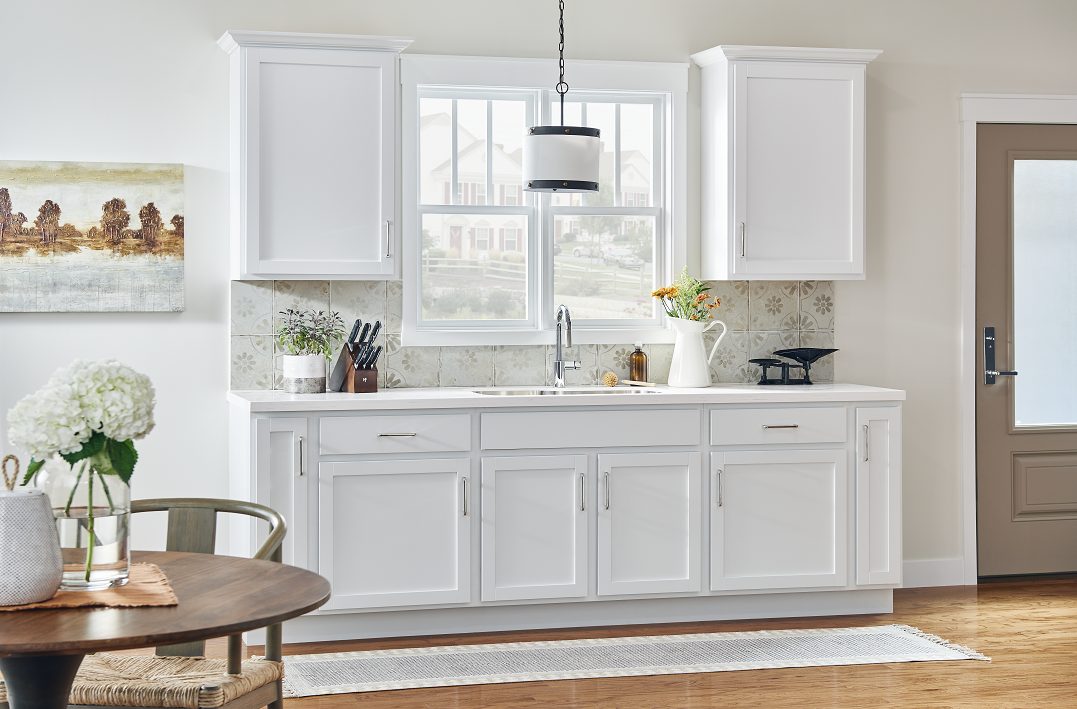
BATHROOM VANITY BUYING GUIDE
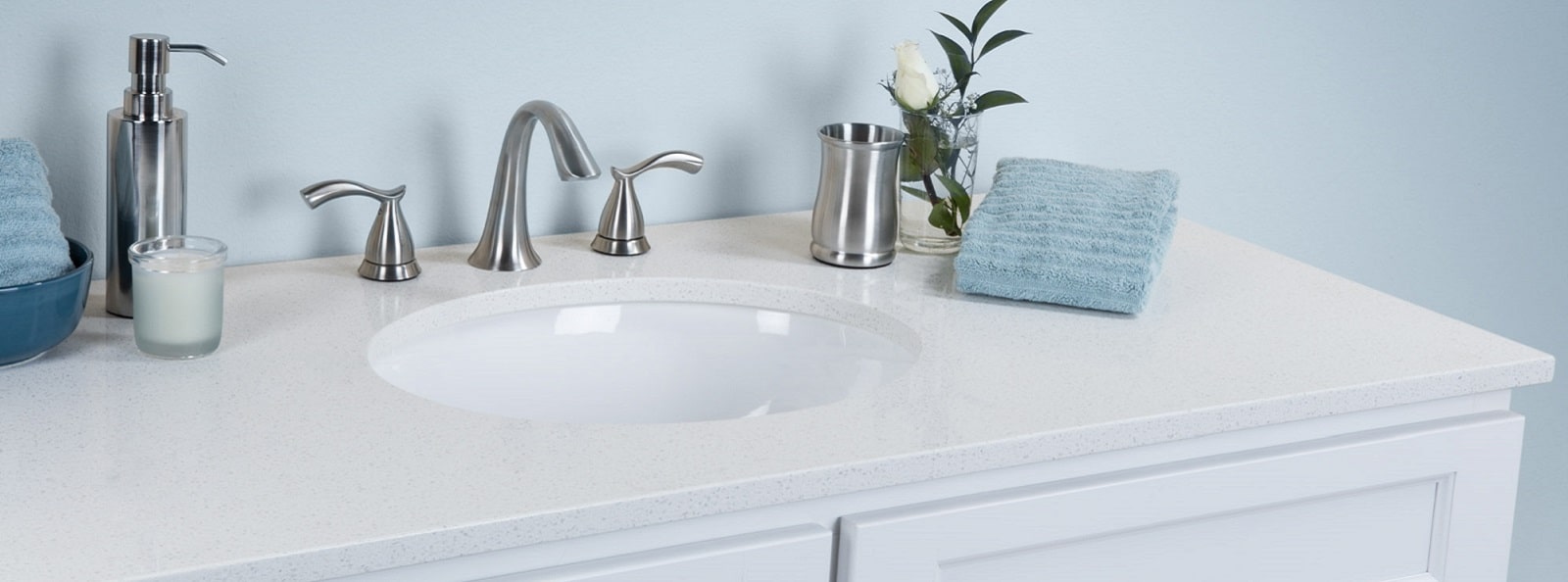
Choosing a new bathroom vanity can be overwhelming. The dimensions, type, style and materials are just a few of the many important details to take into account when shopping for this bathroom fixture. To help you narrow down the seemingly infinite options, we’ve compiled this handy list of considerations.
Who Will Be Using It
The first question you should be asking is: Who will be using the new bathroom vanity?
If you and your partner, for example, use the sink at the same time in the moing, a vanity with two sinks may be the way to go. If it’s just you, a single sink might suffice.
You also need to consider how you’ll be using the vanity. If you enjoy doing your makeup and hair, you should consider a vanity with more countertop space and storage for your stuff. If it’s children using the vanity you may want to consider a durable SmartShield finish.
Location
Where your vanity goes will most likely be determined by where the plumbing hookups are. Changing your plumbing may cost a lot of time and money.
This means the layout of your pipes will also influence the type of vanity you choose. A floor-mounted vanity, for instance, can be used in a regular plumbing layout — where pipes come up from the floor. A wall-mounted vanity, however, would require you to change your plumbing so that the pipes go through the walls.
Changing your plumbing is possible — but it depends on your needs and your budget. Working with the plumbing layout you have will help you decide the size and type of your vanity as well as keep costs down.
Some other factors that can narrow down the placement of your vanity include:
- Traffic flow: Your vanity shouldn’t be an obstacle when trying to get to other things. A poorly placed vanity will leave you frustrated and bruised.
- The toilet: Do you want the toilet beside or away from the vanity?
- Swing of the door: Make sure you can fully open the bathroom door without hitting the vanity. Likewise, make sure you can fully open your vanity without hitting the tub or toilet.
- Shower: If you want a shower with a swinging door, take this swing into account as well.
Walk around the space and try visualizing where the vanity could go and how it could affect the flow of the bathroom. Once you’ve decided on the placement of the vanity, you can narrow down the size. You should then take a tape measure and see how long and wide your vanity could be.
Types
Once you’ve figured out the location and size, you can better decide what type of vanity will work:
- Pedestal: A pedestal, also known as a freestanding sink, offers the advantage of more legroom. Because it doesn’t offer any storage, you may want to add storage space somewhere else in the bathroom — such as a recessed medicine cabinet, adjacent shelves or stacking baskets beneath the sink. This classy option looks nice in almost any kind of bathroom, but it works particularly well in powder rooms where storage is not as important.
- Console: A console sink is like a pedestal sink, except it features two front legs, an open shelf and a towel bar. This gives you some storage while still maintaining an open, airy feel.
- Cabinet: The cabinet is one of the most classic vanity styles with built-in drawers and compartments that provide a lot of storage in one place. If you are considering custom or modified cabinets, measure the space carefully to make sure everything fits and doesn’t visually overwhelm the space. If you have the budget, custom or modified cabinetry is ideal because it can be made to fit your particular space and storage requirements.
- Floating: These cabinets are mounted only to the wall, opening up the space between the bottom of the cabinets and the floor. Like with the pedestal and console sinks, this option gives an open look to your bathroom. The storage available for this type of vanity depends on the design. Some just consist of a counter and sink, while others include a short cabinet undeeath. These types of vanities usually feature a contemporary, clean-lined look.
- Coer: Best for small bathrooms, this type of vanity maximizes the square footage of your bathroom by fitting into 90-degree coers, which tend to go empty otherwise.
Styles
You should also be giving thought to the style of your vanity. Some styles work better with certain vanity types:
- Traditional/Classic: Often used with cabinet-type vanities, the traditional/classic look features decorative trim work and oate molding. Its color schemes are generally darker.
- Mode: This style features a variety of sleek materials and smooth textures. It usually contains symmetrical arrangements and unconventional curves and angles such as a shaker door style.
- Vintage/Antique: This style features fancy carvings and flourishes that evoke bygone eras. It is typically made of wood that is either darkly stained or painted white. Occasionally it includes claw feet.
- Cottage: This style is similar to traditional vanities, but these cabinets often feature shuttered doors. It tends to be painted white or muted pastel colors.
- Rustic: These vanities often make use of reclaimed wood and include unique storage options.
MATERIALS
A bathroom vanity will be exposed to many things over the course of its lifetime, including water, cleaning agents, toothpaste, and makeup. It is also constantly bombarded by humidity and steam. For this reason, it must use materials that can withstand whatever substance it encounters.
Your materials should also be strong enough to support the weight of the countertop, sink, faucet fixtures and any other items you plan on putting on top.
Attractive bathroom vanity cabinet materials that are best suited for this environment are:
- Solid wood: Although a little pricey, solid wood species like oak, birch and maple are the strongest and most durable options.
- Solid plywood: Solid plywood is a sturdy material that consists of several sheets of wood fused together. It can withstand moisture better than many types of wood.
- Veneer/MDF: This option is cheaper than solid wood, and it can feature the same pattes across adjacent doors.
- Laminates: This option contains a synthetic finish that is rough and easily maintained.
A selection of our Wolf Signature cabinets features SmartShield Technology, a durable finish that wraps around all surfaces of the cabinets. This finish provides the cabinets with a variety of benefits, including resistance to moisture, heat, scuffs, bumps and stains.
As for the countertop, materials you can select from include:
- Cast polymers: This material can feature cultured marble, onyx and granite, and it comes in a wide range of colors. It is also resistant to stains and mildew, and cleaning is easy. One downside is that it may be difficult to fix chips and scratches.
- Ceramic tile: These tiles, which come in a variety of colors, are durable and moisture-resistant. They are also easy to keep clean, but a protective seal should be periodically applied to the grout.
- Laminate: This is one of the more economical options that comes in many colors and pattes. Is it easy to clean but if it is damaged, it cannot be repaired.
- Solid-surface materials: These materials, made up of a mineral filler and resin binder, are exceptionally durable. They are water-resistant, and you can easily sand out stains and scratches. Because a strong, firm base is required to bear the weight, this material should be installed by a professional.
- Granite: Granite is an ultra-durable stone that is difficult to scratch or chip. It’s also stain-resistant, especially when a protective sealant is applied.
- Quartz: Quartz countertops are sometimes made from pure stone, but usually it’s an engineered product made from natural quartz and polymer resins. This process creates an exceptionally durable counter. It’s also non-porous, meaning that it cannot absorb liquids, and no sealant is required. Available in a wide range of colors, quartz offers great design possibilities.
- Cultured marble: A mixture of marble and plastic resins, cultured marble is elegant and less expensive than pure marble. Because this material is cast in molds, you can choose from many sizes and shapes. This material also comes in a wide range of colors.
Sink Types
There are four main sink types you can add to your vanity:
1. Top-Mount
Also known as a drop-in or self-rimming sink, the edges of this sink rest on the counter, but the basin hangs down below. These sinks work with just about any countertop material — even wood and laminate — because the sink completely covers the cutout and protects it from water damage.
Installation is fairly easy as well because the edges of the cutout don’t have to be polished, as is the case with an under-mount sink.
2. Under-Mount
This type of sink is installed undeeath the counter, meaning that no edges are exposed. Because you can’t see as much of the sink, the vanity has a more seamless look. Cleanup for under-mount sinks are also much easier, as you can wipe water and spills from the counter directly into the sink. This makes it an ideal option for family bathrooms.
These sinks tend to be more expensive than top-mount sinks and are not possible with materials like laminate, which cannot be as effectively sealed against moisture.
3. Vessel
These sinks are usually in the form of a bowl that sits on top of the counter. Vessel sinks tend to grab your attention and are a great option if you prefer a deeper sink.
Because vessel sinks sit on top of the countertop, you must carefully plan the height of the cabinets so that your sink doesn’t sit up too high, which could make it uncomfortable to use. Cabinets must often be shorter to account for this, and this leads to less storage space undeeath. Cleaning around the sink can also be a bit difficult.
4. Integrated
In this arrangement, the countertop and the sink form one continuous piece. It can be made from various materials such as acrylic or porcelain. Because there are no ridges or seams, these sinks are among the easiest to clean and are a great choice for family bathrooms.
These can easily be bought off-the-shelf in bathroom supply stores, so they’re also a great option if you don’t have enough time to order a custom sink.
Mirrors
When shopping for a mirror to complement your vanity, you should consider the following factors:
- Width: In most cases, the mirror is the same width as the counter, but a custom mirror usually needs to be ordered to achieve this. An alteative is finding a mirror that is about 70 or 80 percent the width of the vanity. This way this mirror looks a little smaller, but it does not look shrunken in comparison.
- Height: The mirror only needs to be about a foot above and below the eyes of the people using the bathroom. But the higher it can go, the better, because a tall mirror will provide more viewing angles and lend a more open feel to the room. Ideally, the bottom of the mirror should be four feet above the floor, and the top should be around seven.
- Number: If your vanity is wide, especially if there are multiple sinks, you can choose between multiple mirrors or a single wide mirror. Using multiple skinny, tall mirrors can make the room look more vertical, while a single large mirror can make the room look more spacious by reflecting more of the opposite walls. The decision comes down to personal taste.
Some other types of mirrors to consider are:
- Wall-to-wall: This mirror fills the entire wall and sometimes goes behind a toilet or other fixtures. It usually extends up to the ceiling as well and is a great way to make a small bathroom feel much larger. Although ordering a custom-sized mirror to exactly fit the dimensions of your wall is more expensive than just buying a prefabricated mirror, this option can actually end up lowering your overall costs — as filling a whole wall up with a mirror is often cheaper than running tile or another material around a smaller mirror.
- Frameless: These mirrors are economical, fashionable and lend a clean, “spa-like” look to the room. They work well in bathrooms with contemporary, mode and minimalist designs.
- Inset: Inset into the wall and in effect framed by the wall’s materials, this option achieves both the mode feel of a frameless mirror and the polished look of a framed mirror.
- Round: Round mirrors bring a soft, relaxed feel to a bathroom, which is often full of hard surfaces and 90-degree angles. These mirrors go well with pedestal sinks, which often feature curved lines themselves. This is also a great option if you have a beautiful wall finish you’d like to see more of.
- Medicine cabinets: These mirrors are a good idea when you need more storage space, and ideally, they should be inset into the wall — where they won’t protrude into the room. Consult with a professional to see if your wall cavity can accommodate inset cabinets. A medicine cabinet will feel less in your face if it’s frameless, and adding under-cabinet lighting will cancel out any dark shadows that the cabinet might create.
- Suspended: If your bathroom layout is unusual or contains inconveniently placed obstacles, remember that mirrors don’t necessarily have to hang on the wall. You can also hang your mirror from the ceiling or window, or attach it to rails connected the counter below.
Find the Best Bathroom Vanity
We hope this guide has been educational and helped you narrow down your options. Wolf Home Products offers a variety of high-quality vanity tops that will brighten up your bathroom. Search for a dealer near you to find the best vanity for your needs and budget.
